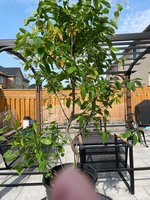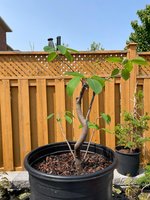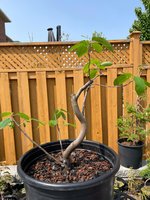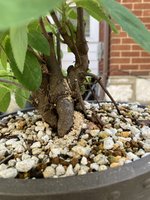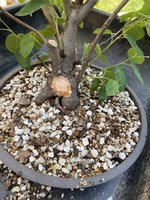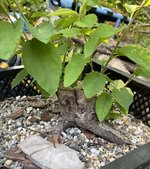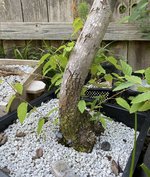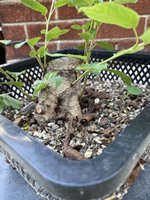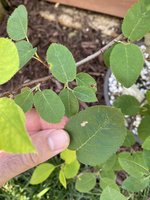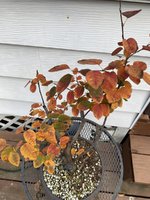Most of the North American species of Amelanchier are shrubs, some of these are noted for propagating by runners, for example Amelanchier stolonifera.
Only the Appalachian species A. arborea and A. laevis have the tendency to be single trunk trees. This is the reason I recommended these 2 species and the nursery hybrid A. grandiflora. A. grandiflora is (arborea x laevis).
Nursery material tends to be grafted, because nurseries are set up to do grafting in wholesale quantities and with high yields. Cuttings are less reliable, so nurseries don't usually do cuttings. Ground layering can get the grafted scion onto their own roots if the graft junction is visually a problem. If you can't see the graft junction, then it is not a problem.
The other species of Amelanchier tend to be shrubs, which means they naturally sucker. Collecting local native species is great, it just means you have to plan on dealing with suckers coming from the roots. Sometimes you can find clumps that are attractive event though they have fairly slender trunks.. Sometimes you can find clumps of the shrubby species that have one or two trunks that are much larger diameter than the rest of the shrub. These can be pruned into a single trunk specimen.
But the shrubby specimens are more difficult to keep looking tree like, or keep attractive as a "clump" with a group of slender trunks.
Myself, I chose to work with x grandiflora, nursery stock, as it is easier to keep tree like. We had snow just a day ago, actually a snow-rain mix on Sunday, so mine has not started leafing out or flowering yet. But I've been happy with Amelanchier.

